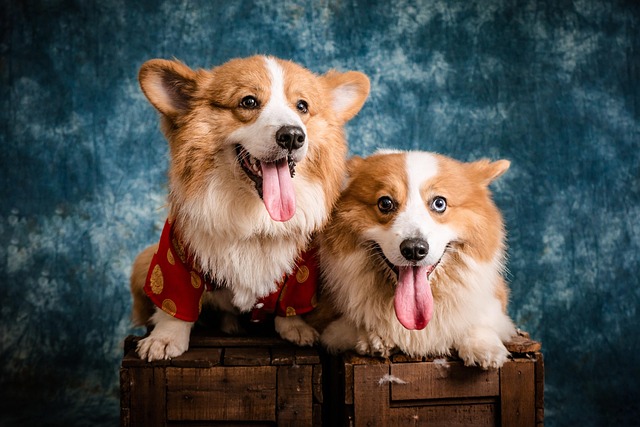
How to teach a Corgi to stay still?
Corgis are little balls of energy—their short legs and perky tails make them eager to explore every corner, which can make staying still feel like a chore.
Bringing home a new puppy is an exciting adventure, but amidst all the cuddles and playtime, you might wonder where to even begin with training. While it's tempting to jump straight to "sit" or "shake," the very first thing you should train your puppy is actually their name. That's right—before any fancy commands, teaching your puppy to reliably respond to their name builds the foundation for all future learning and communication between you.
The science behind starting with name recognition lies in what behavioral psychologists call "classical conditioning." When your puppy hears their name and good things consistently follow (like treats, praise, or pets), they form a positive association that makes them want to pay attention to you. This isn't about dominance or obedience in the traditional sense—it's about building a willing partnership through positive reinforcement. Modern dog training emphasizes force-free methods, meaning you should never punish your puppy for not responding; instead, make hearing their name the best part of their day. This approach aligns with animal welfare standards across the U.S. and Europe, where methods that create fear or anxiety are increasingly recognized as counterproductive.
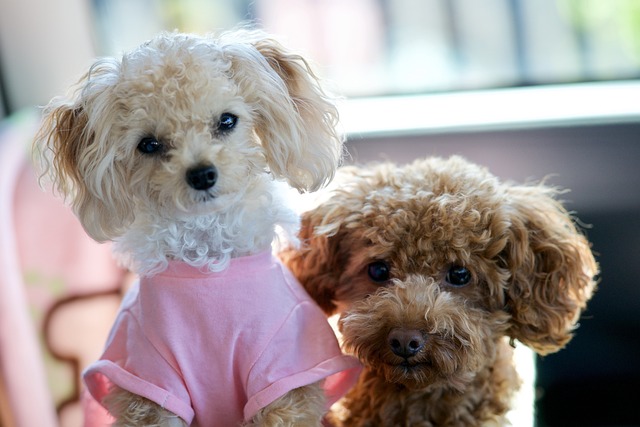
Start in a quiet room with minimal distractions. Say your puppy's name in a cheerful voice and immediately reward with a high-value treat when they look at you. Keep sessions incredibly short—just 2-3 minutes, several times daily. Gradually increase difficulty by practicing in slightly more distracting environments, like different rooms of your home. For apartment dwellers, this might mean practicing near windows with outside sights and sounds, or in building hallways once your puppy has their vaccinations. Remember that puppies have very short attention spans, so end each session while they're still engaged and happy to work with you.
This fundamental training exists within the broader context of responsible puppy ownership. Ensure your puppy's vaccination schedule remains on track as required by local laws—this protects them when you eventually practice name recognition in outdoor environments. When you begin venturing outside for short potty breaks and socialization experiences, always carry waste bags and clean up immediately. This isn't just common courtesy—it's a legal requirement in most municipalities and especially important in multi-unit housing where shared spaces must be kept clean. Be mindful of your puppy's developing immune system and avoid high-risk areas like dog parks until your veterinarian gives the all-clear. By starting with name recognition, you're not just teaching a simple behavior—you're establishing yourself as your puppy's trusted guide and building the communication foundation that will make all future training easier and more enjoyable for both of you.

Corgis are little balls of energy—their short legs and perky tails make them eager to explore every corner, which can make staying still feel like a chore.
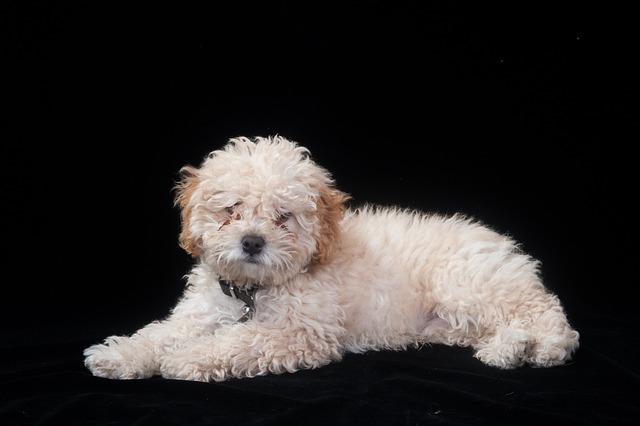
Teddy Dogs (often called Shichon or Zuchon mixes) are smart, but their small size means they have smaller bladders—so consistency is key when teaching them a designated toilet spot.
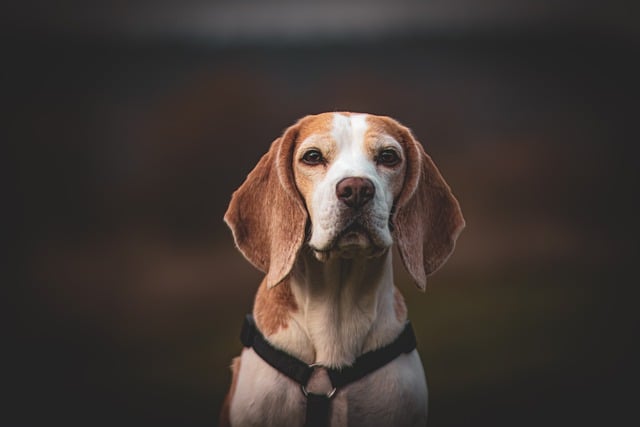
Training a Belgian Malinois to use a designated toilet spot can feel daunting at first—these sharp, active dogs thrive on structure, but they also need clear guidance to learn new habits.
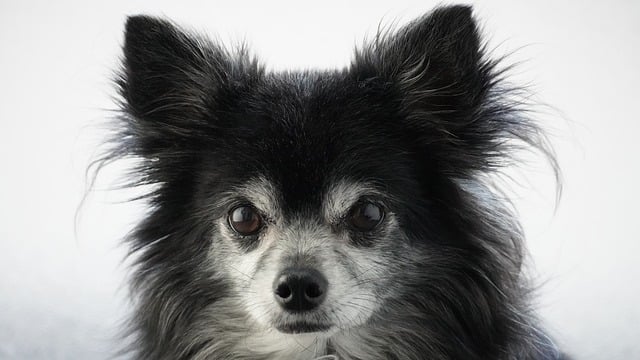
Chihuahuas’ tiny size makes toilet training feel tricky—their small bladders mean they need frequent trips outside, but consistency is key to helping them learn.
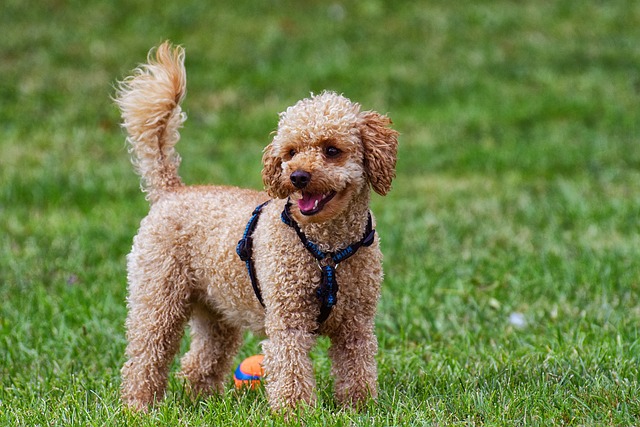
The idea of housebreaking a puppy in just five days might sound like a fantasy, but while you can’t expect perfection in such a short time
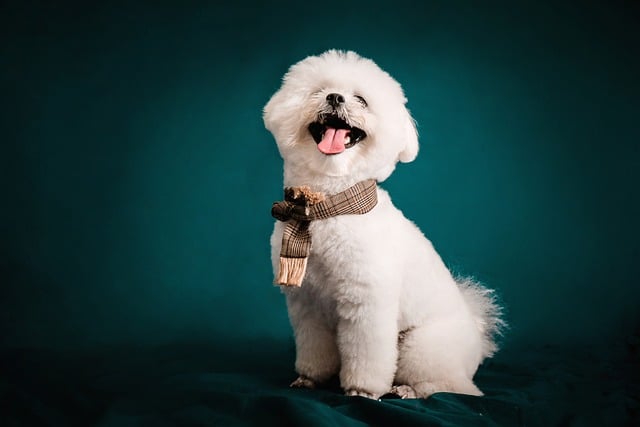
If you're constantly mopping up accidents and wondering when this phase will end, you're not alone. The journey to reliable potty training feels endless when you're in the middle of it